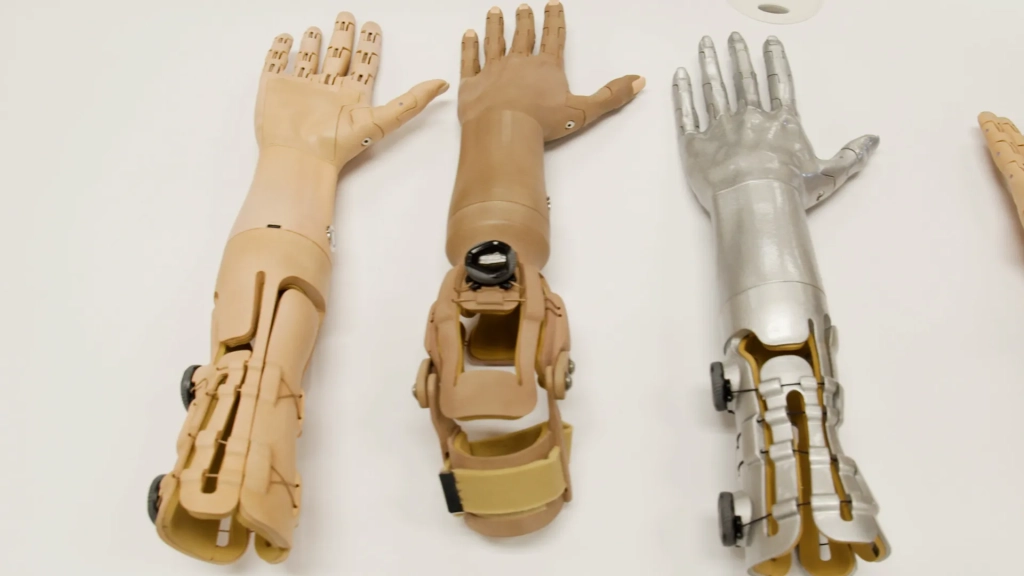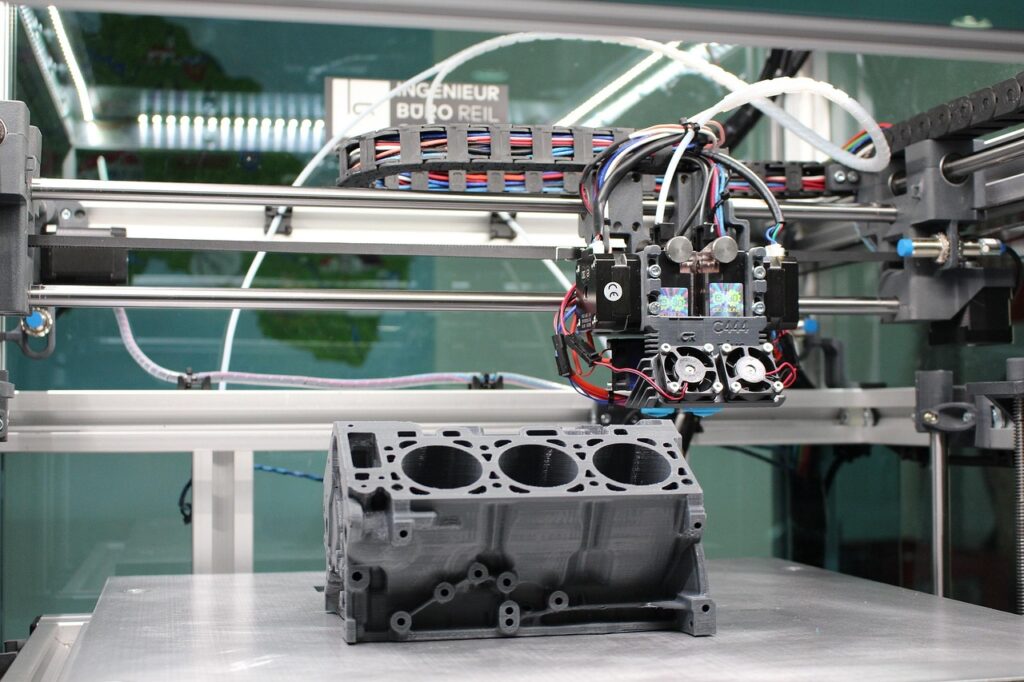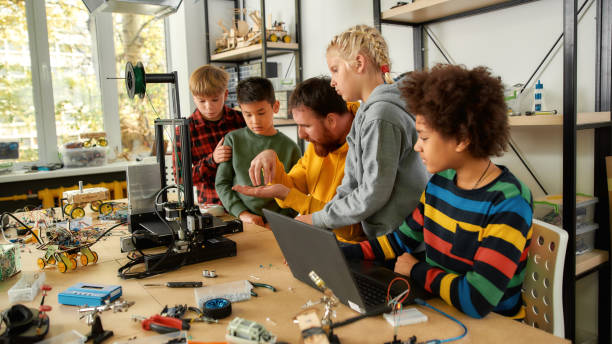3D Prosthetics: Custom Access, Printed Perfectly
In recent years, the field of prosthetics has witnessed a remarkable transformation, thanks to the advent of 3D printing technology. This innovation has paved the way for custom-made prosthetics that are not only more affordable but also tailored to the unique needs of each individual. By leveraging 3D printing, prosthetic devices can be produced with precision, enhancing comfort and functionality for users.
Traditionally, prosthetic limbs and components have been expensive and time-consuming to manufacture. The introduction of 3D printing has significantly reduced these barriers, making high-quality prosthetics more accessible to people worldwide. Furthermore, with rapid prototyping capabilities, individuals can now receive personalized prosthetic devices faster than ever before. The technology enables users to design and refine their prosthetics with precise measurements and adjustments, ensuring an optimal fit and improved functionality.

For those interested in exploring or creating 3D-printed prosthetics, several high-quality products are available on Amazon. These products have garnered high ratings, numerous reviews, and recent purchases, indicating their reliability and effectiveness. Below are five notable recommendations:
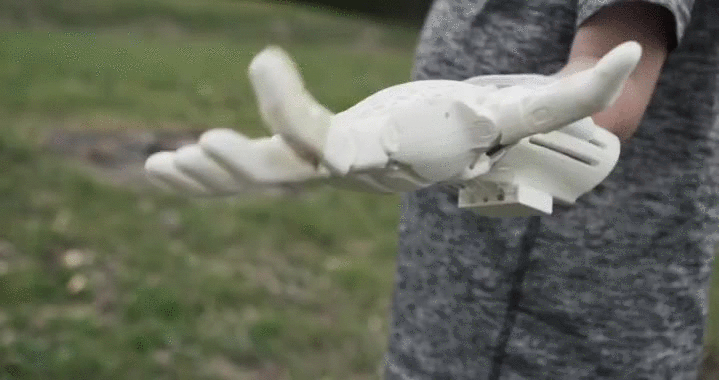
SCRIB3D P1 3D Printing Pen with Display
The SCRIB3D P1 is a versatile 3D printing pen that allows users to create intricate designs with ease. Equipped with an adjustable feed, temperature control, and a large LCD screen, it offers precision and control for detailed work. This pen is particularly useful for crafting custom prosthetic components or prototypes. It comes with three starter colors of PLA filament, a stencil book, and a project guide to kickstart your creative journey.

Key Features:
- Adjustable feed and temperature control
- Large LCD screen for monitoring
- Ergonomic design for comfortable use
- Includes starter filaments and guides
>>>Explore the SCRIB3D P1 3D Printing Pen here – Buy Now<<<
MYNT3D Professional Printing 3D Pen with OLED Display
The MYNT3D Professional 3D Pen is designed for professionals and hobbyists alike. Its adjustable temperature and speed settings, combined with an OLED display, provide users with the ability to fine-tune their creations. This pen is ideal for developing detailed prosthetic prototypes or adding custom features to existing devices.

Key Features:
- Adjustable temperature and speed control
- OLED display for real-time monitoring
- Compatible with both ABS and PLA filaments
- Lightweight and ergonomic design
>>>Discover more about the MYNT3D Professional 3D Pen here – Buy Now<<<
Creality 3D Scanner CR-Scan Ferret Pro
For those looking to create custom prosthetics, accurate 3D scanning is crucial. The Creality CR-Scan Ferret Pro offers high-precision scanning with an accuracy of up to 0.1 mm. Its handheld design and wireless capabilities make it convenient for capturing detailed scans of limbs or other body parts, ensuring a perfect fit for prosthetic devices.
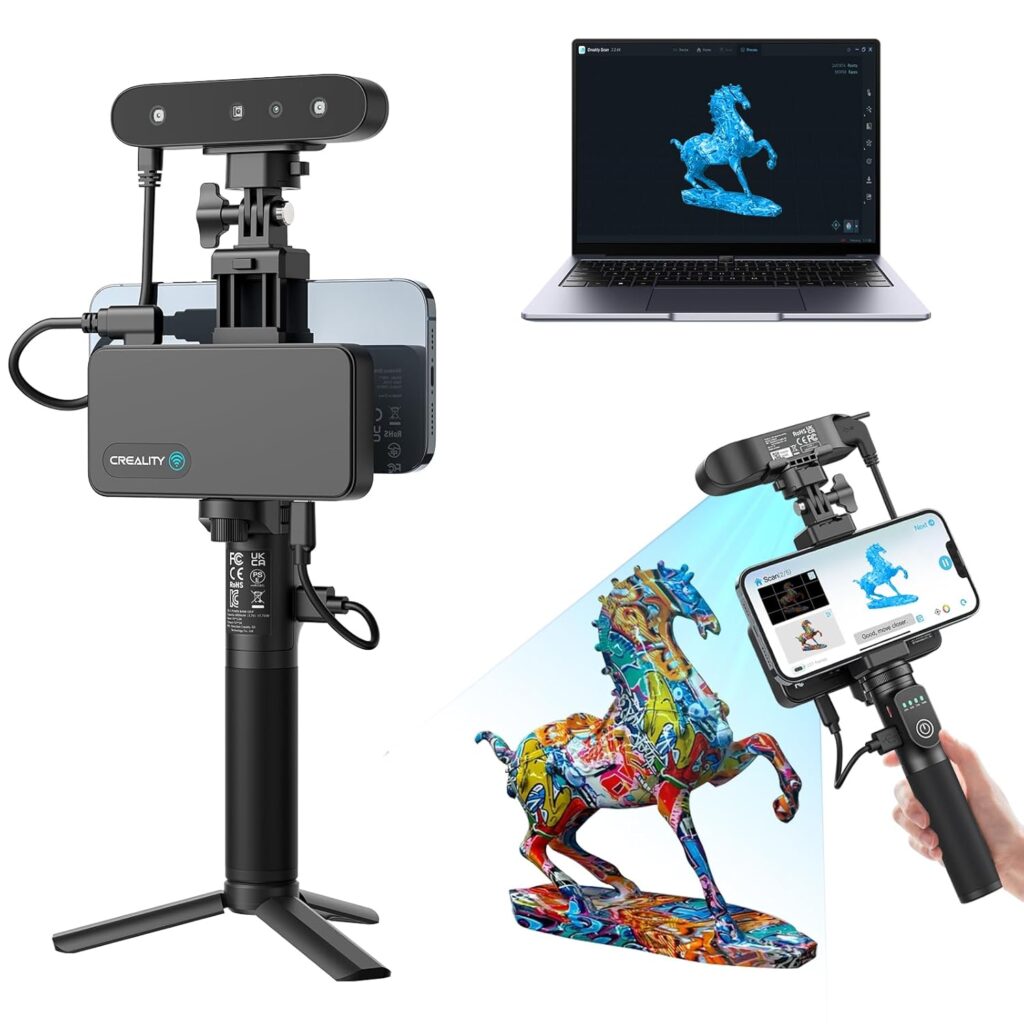
Key Features:
- High-precision scanning with 0.1mm accuracy
- Wireless scanning with anti-shake tracking
- Fast, full-color scan capabilities
- Compatible with iOS, Android, and PC
>>>Learn more about the Creality CR-Scan Ferret Pro here – Buy Now<<<
Quality filament is essential for producing durable and precise prosthetic components. OVERTURE’s PLA filament is known for its dimensional accuracy of +/- 0.02mm, ensuring consistent and reliable printing results. Its compatibility with most FDM printers makes it a versatile choice for various prosthetic applications.
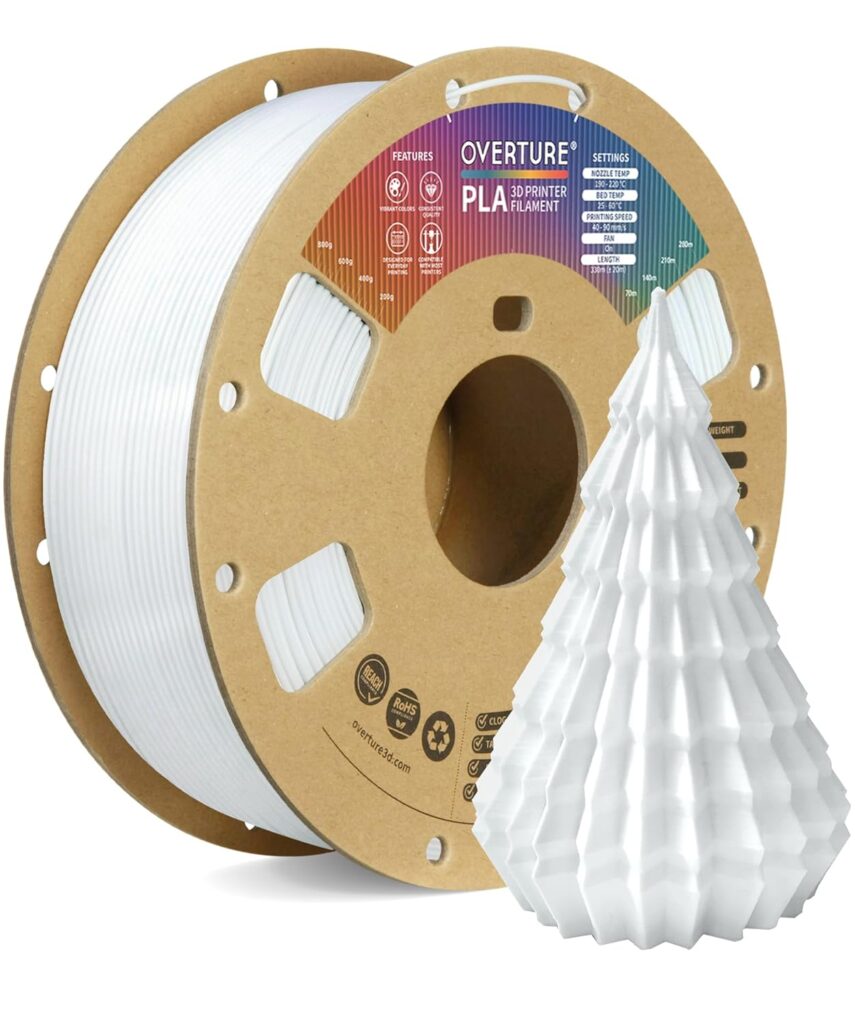
Key Features:
- Dimensional accuracy of +/- 0.02 mm
- 1kg spool with a cardboard spool for eco-friendliness
- Compatible with most FDM printers
- Available in multiple colors
>>>Check out the OVERTURE PLA Filament here<<<
Smooth-On XTC-3D High-Performance Print Coating
After printing prosthetic components, achieving a smooth and durable finish is crucial. Smooth-On’s XTC-3D is a high-performance coating that provides a protective layer, enhancing the appearance and strength of 3D-printed parts. It’s easy to apply and results in a professional-grade finish, making it ideal for prosthetic applications.

Key Features:
- Provides a durable, protective coating
- Enhances appearance and adds strength
- Easy to apply with a smooth finish
- Compatible with various 3D printing materials
>>>Find out more about Smooth-On XTC-3D Coating here<<<
Conclusion
Embracing 3D printing technology in prosthetics opens up a world of customization and accessibility. The ability to create personalized prosthetic devices tailored to specific needs empowers individuals to lead more comfortable and independent lives. Moreover, the affordability and efficiency of 3D-printed prosthetics make them an excellent solution for individuals who previously struggled to obtain high-quality prosthetic devices.

From professional-grade 3D printing pens and scanners to high-precision filaments and finishing materials, the tools available today provide endless possibilities for prosthetic design and innovation. Whether you’re a hobbyist exploring new possibilities, a professional seeking reliable tools, or someone in need of a custom prosthetic solution, these products offer a solid foundation for your 3D-printed prosthetic projects.
As technology continues to evolve, the future of 3D prosthetics looks even more promising. Advancements in materials, scanning precision, and printing techniques will continue to refine and improve prosthetic solutions, offering enhanced mobility and quality of life for users around the world.
Ready to embark on your 3D printing journey? Explore these products and start creating custom prosthetics that make a difference.
